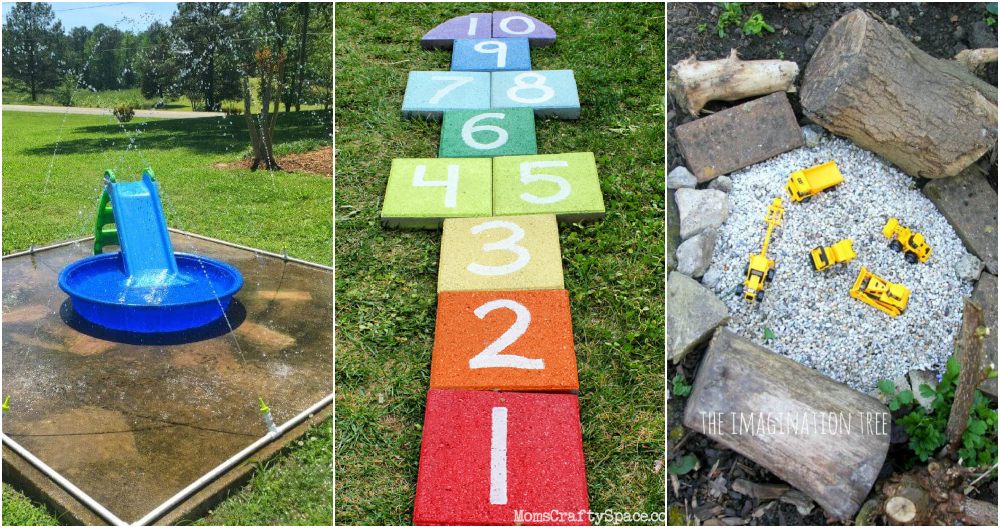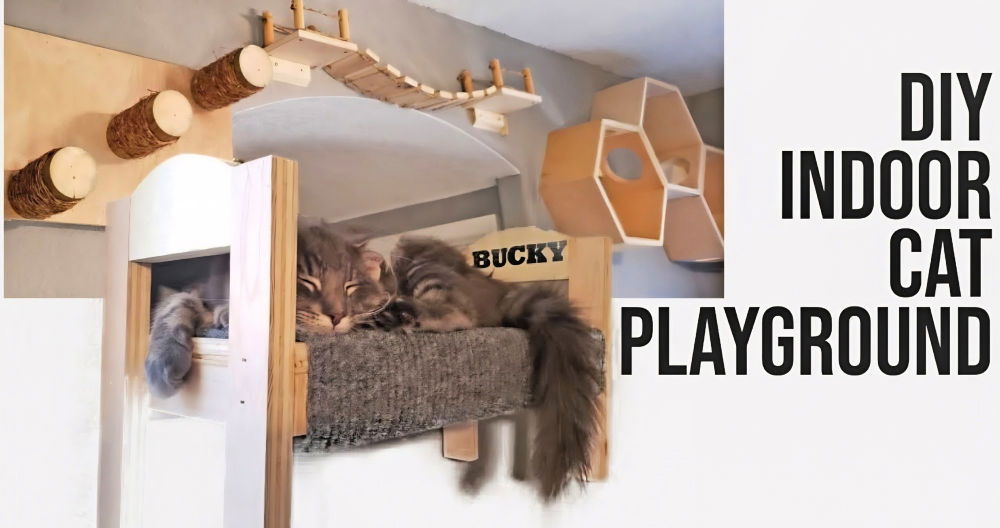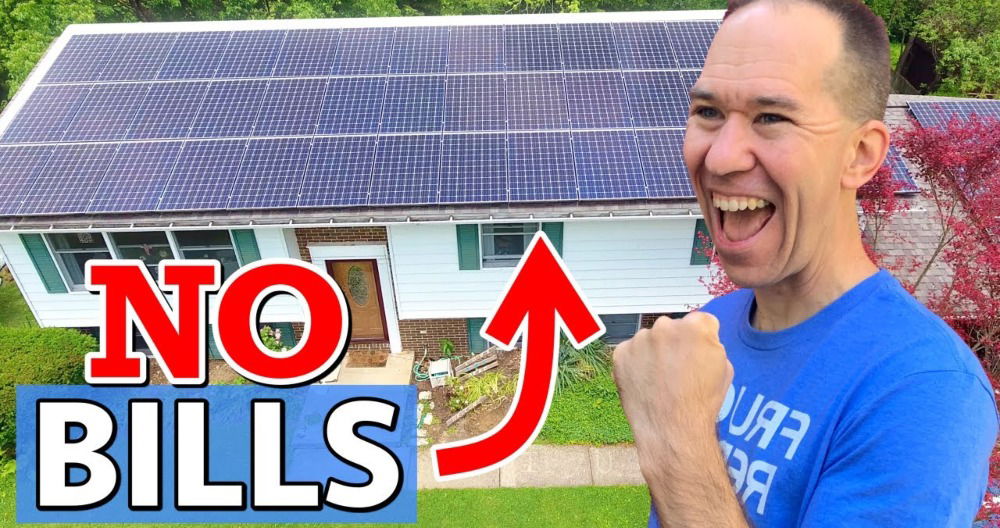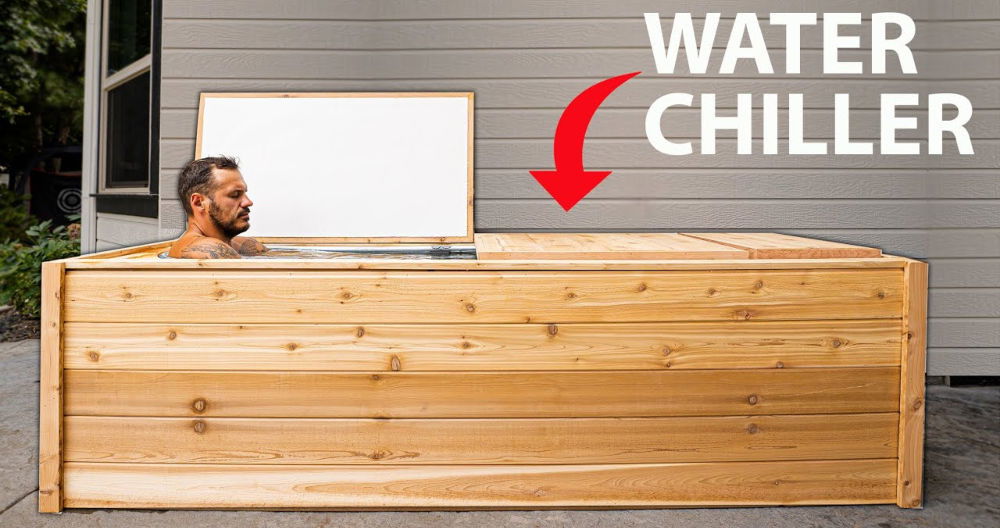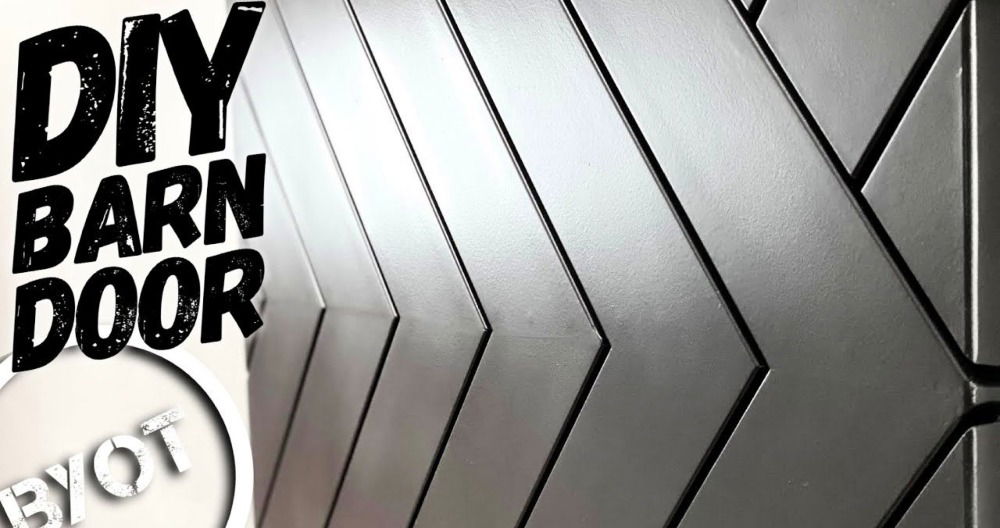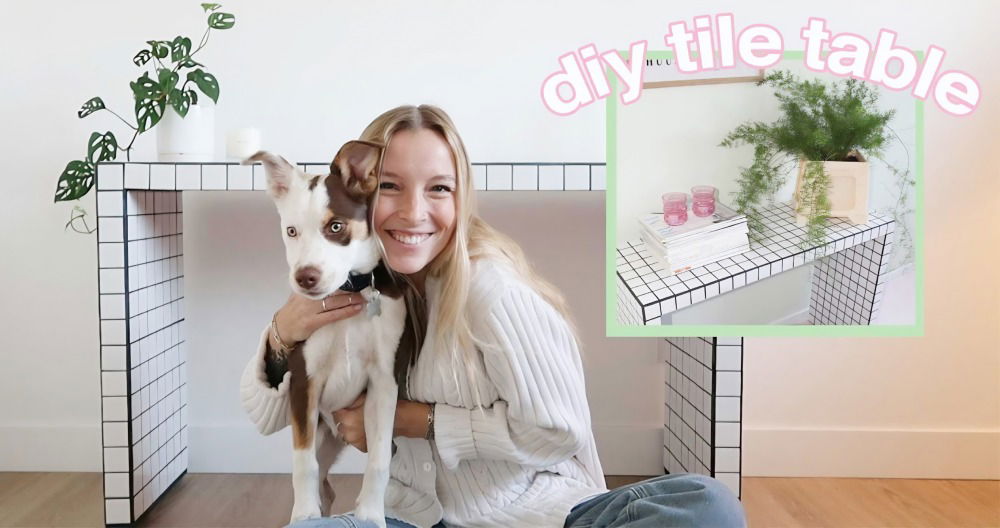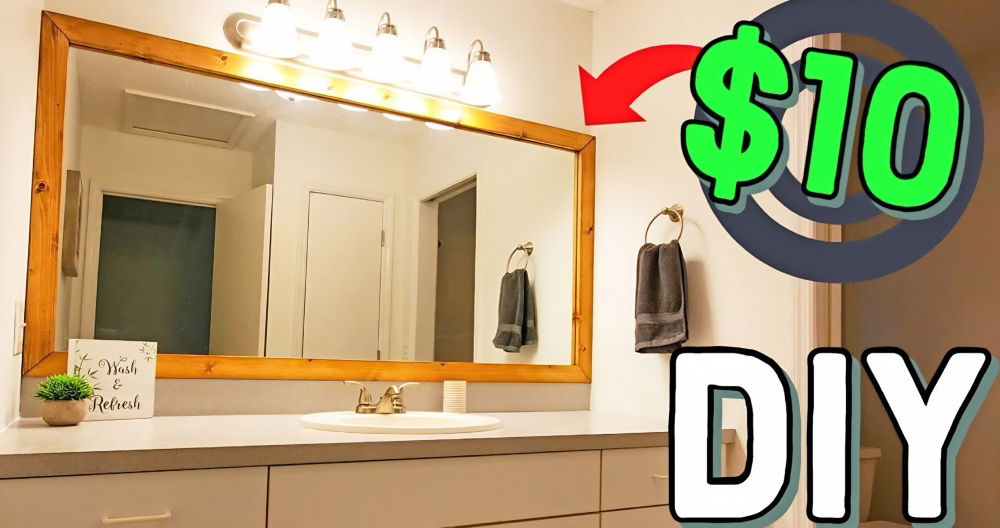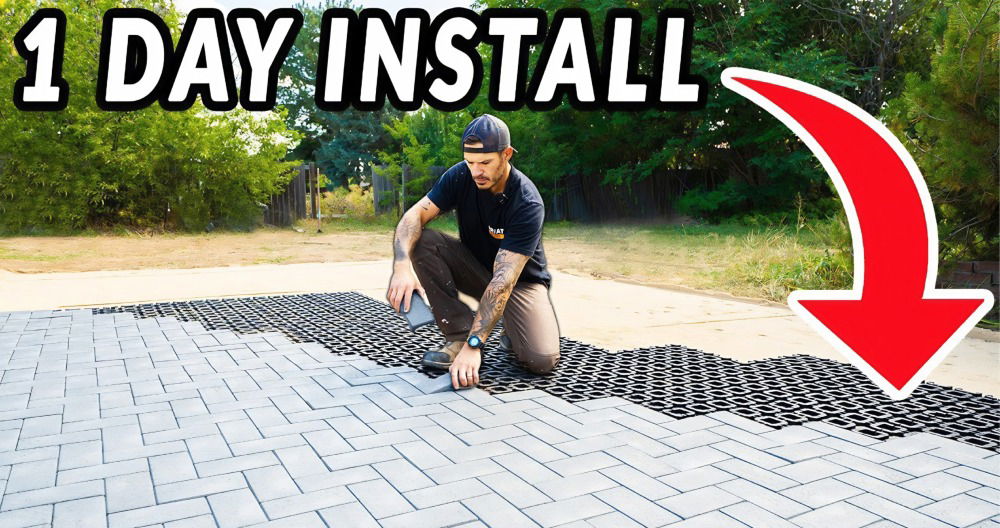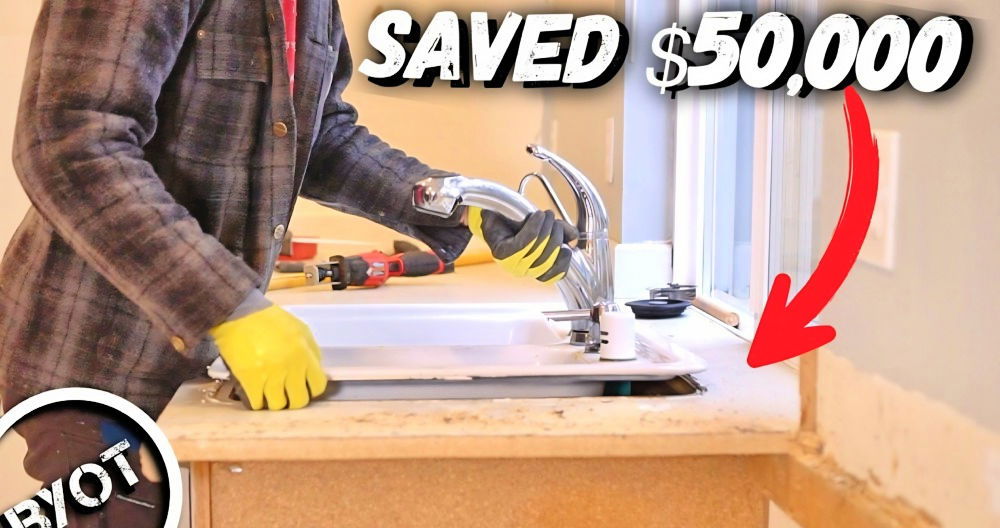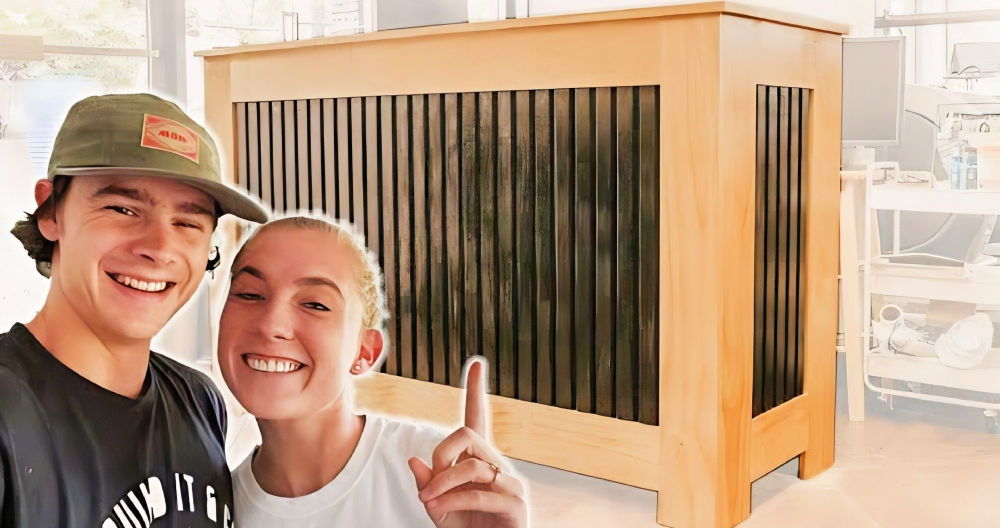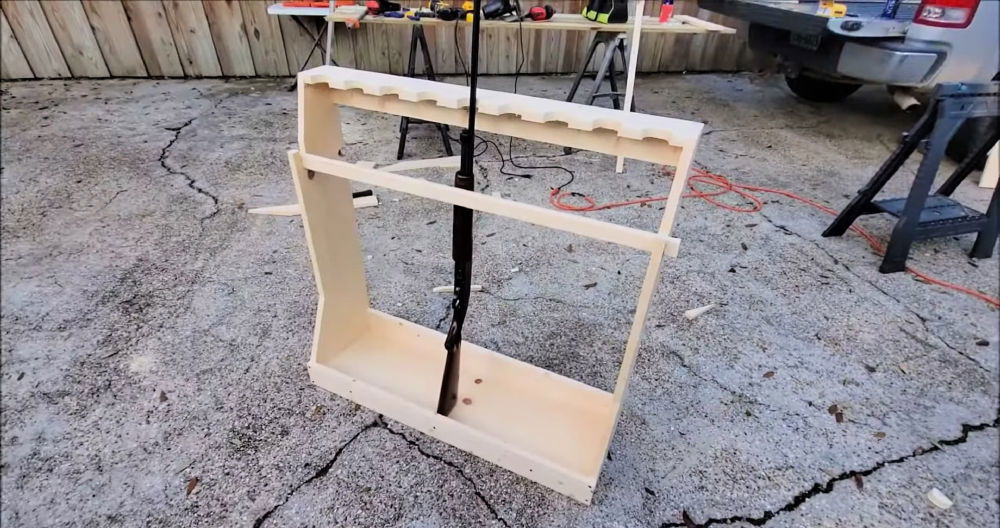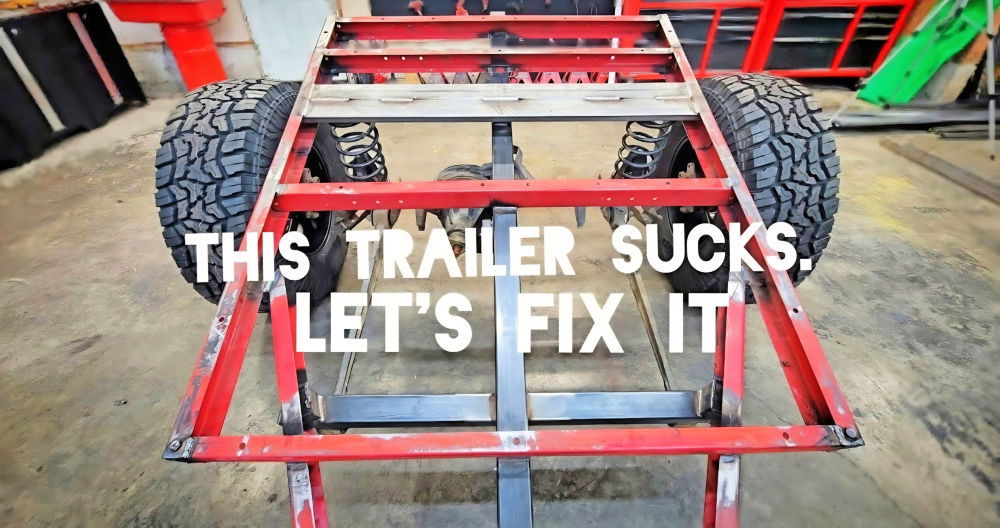Making an easy DIY goat playground can be a fun and rewarding project. This guide will help you design an enjoyable space for your goats to play and explore without spending a fortune. Goats thrive in environments that stimulate their natural curiosity. By investing a bit of time and basic materials, you can build a safe haven that promotes their health and happiness.
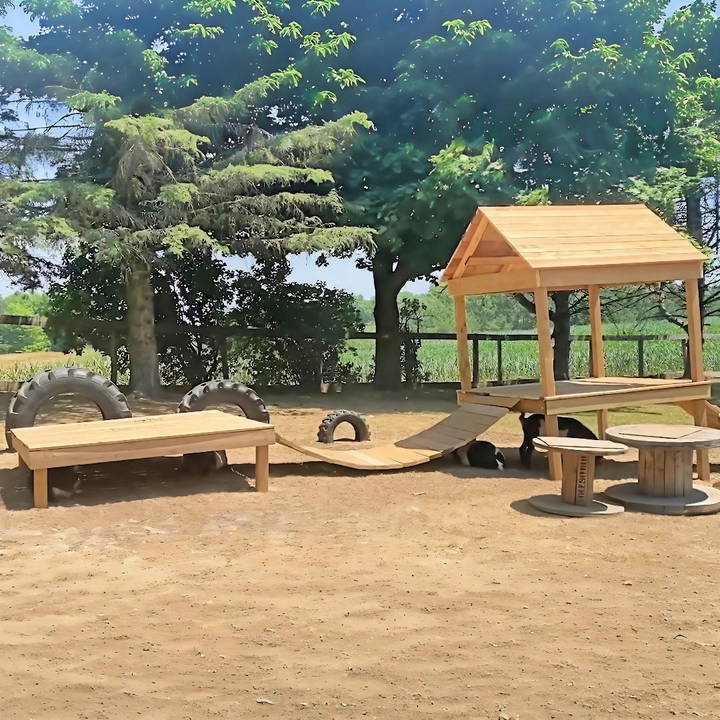
In this guide, you will find simple steps to construct your goat playground. We'll cover affordable materials and easy designs that fit any backyard or farm. Each idea is practical, making it easy for anyone to follow. So, gather your tools, and let's get started on crafting a space that your goats will love! Keep reading to discover the best tips and tricks for your new project.
Introduction to Goat Behavior and Needs
Goats are curious and playful animals that require a stimulating environment to thrive. Understanding their behavior and needs is essential for anyone looking to build a DIY goat playground.
Why Play Matters for Goats
Goats are not just livestock; they are intelligent creatures with a strong desire to explore and play. Providing a playground satisfies their instinctual needs to climb and jump, which keeps them physically fit and mentally sharp. It also helps prevent boredom, which can lead to destructive behaviors.
Goats' Social Structure
Goats are social animals and enjoy the company of their herd. A playground can become a communal space where goats interact and bond with each other, establishing a healthy social hierarchy.
Physical Needs
A goat's body is designed for agility. They have powerful legs that are meant for leaping and balancing. A playground that challenges these abilities will cater to their natural instincts and help maintain their health.
Mental Stimulation
Goats are clever and need mental stimulation to stay content. A playground with varied features encourages problem-solving and can keep goats engaged for hours.
Safety First
While goats are sturdy animals, safety should always be a priority. Ensure that all playground equipment is free of sharp edges, splinters, and toxic materials. Regular inspections for potential hazards are crucial to keep your goats safe.
Include these tips to build a goat playground that keeps your goats happy, healthy, and active. A well-designed playground is vital for their overall well-being.
Planning and Materials: A Cost-Effective Start
Our adventure began with gathering materials. We opted for cull lumber, which is discounted due to imperfections like warps or cracks. This strategy reduced our lumber cost to $101.40, significantly lower than buying premium boards. Adding eight straight four-by-four posts for a sturdy foundation totaled $99.04. Our total investment in screws was $53.76, with varying sizes for different needs. Strategic purchasing and using what we already had dramatically cut costs from the get-go.
Materials Needed and Why
- Cull lumber: It's affordable and works just fine for a goat playground.
- Four-by-four posts: Essential for a solid, safe structure.
- Screws: Different sizes ensured everything was securely fastened.
Step by Step Instructions
Build an easy DIY goat playground with our step-by-step instructions. From clearing land to adding extras, build the perfect play area for your goats!
Step 1: Clearing the Land
Our first job was preparing the site, a task made easier with the help of our goats! Clearing debris and ensuring a level ground set the stage for construction. It was important to provide our goats a safe, stable area without any potential hazards.
Step 2: The Foundation
With the land prepped, we dug holes three feet deep to plant our posts. This depth keeps the structure stable without the need for concrete, thanks to our sandy soil. Ensuring the posts were straight and level was crucial for the overall stability of the playground.
Step 3: Building the Platforms
Constructing the platforms involved placing horizontal braces between the posts to serve as support for the deck boards. This step was somewhat challenging due to the nature of our reclaimed lumber, but it was nothing a bit of creativity and elbow grease couldn't handle.
Step 4: The Fun Parts - Bridges and Ramps
Connecting our two platforms with a bridge added excitement to the playground. We used cables and fence staples (repurposed from other projects) and some newly purchased bolts totaling $48.72. Building a ramp using leftover lumber provided an accessible way for the goats to explore their new play area.
Step 5: Adding Extras
For additional fun and complexity, we incorporated tires (acquired for free) into the layout. They offered both a novel texture for the goats to interact with and a creative way to repurpose waste.
The Finale: Quality Control
With the construction complete, our goats — led by the ever-curious Quincy — gave their new playground a thorough test. Their approval was our ultimate goal, and watching them explore every nook and cranny was a heartwarming reward for our efforts.
We managed to stay under our $300 budget, thanks to careful material selection and a lot of DIY spirit. Our final cost was $252.22, a testament to what can be accomplished with a little ingenuity and a lot of love for our farm animals.
We buildd a stimulating environment for our goats and bonded as a family, learning new skills and making memories, all without spending much.
Interactive Features and Toys
Building an engaging playground for goats means adding features that will stimulate their minds and encourage natural behaviors. Here's how you can incorporate interactive elements and toys into your DIY goat playground:
Puzzle Feeders
Goats love to eat, and puzzle feeders turn mealtime into a fun activity. These can be as simple as a container with holes that release food when moved. This encourages goats to think and work for their treats, providing mental stimulation.
Balance Beams and Platforms
Install beams and platforms at various heights and angles. Goats will enjoy the challenge of balancing on them, which is excellent for their coordination and agility.
Hanging Toys
Suspend durable toys from the playground structure. Items like balls or old tires can be great for goats to butt heads with or push around, mimicking their natural play-fighting behavior.
Climbing Structures
Incorporate elements like ladders, steps, or even a climbing wall. Goats naturally seek high ground and will use these features to fulfill their climbing instincts.
Rotating Elements
Add a rotating drum or wheel that goats can spin with their hooves or noses. This type of interaction can keep them entertained for long periods.
Tug-of-War Ropes
Strong ropes tied to sturdy posts can be a source of endless fun. Goats will pull and chew on them, which is also good for their dental health.
Mirrors
Goats are curious about their reflection. Installing unbreakable mirrors at the goat-eye level can provide a fascinating diversion.
Sound-Making Toys
Items that make noise when interacted with can be intriguing for goats. Consider safe, durable toys that produce sounds when they are moved or stepped on.
Add interactive features and toys to your goat playground to cater to their playfulness and intellect. Choose safe materials and inspect regularly for hazards.
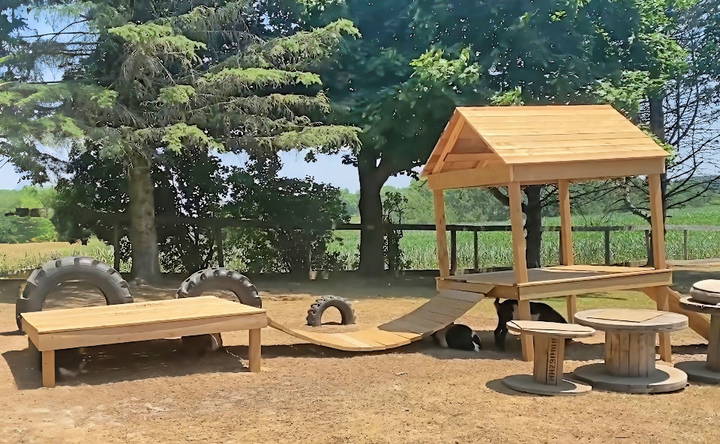
Maintenance and Safety Checks
Regular maintenance and safety checks are vital to ensure that your DIY goat playground remains a safe and enjoyable space for your goats. Here's a detailed guide on how to keep your playground in top condition:
Daily Safety Walkthrough
Start each day with a quick inspection of the playground. Look for any loose screws, broken boards, or sharp edges that could harm the goats. Make sure all structures are stable and secure.
Surface and Flooring
Check the ground for hazards like holes, large rocks, or dangerous debris. The surface should be even to prevent tripping and injuries. If you use wood chips or sand, replenish them as needed to maintain adequate cushioning.
Play Equipment
Examine all play equipment for signs of wear and tear. Ropes should be intact without fraying, and wood structures must be free from splinters. Metal components shouldn't have rust or corrosion.
Cleaning
Keep the playground clean to prevent the spread of disease. Remove any waste and ensure that feeding areas are free from old food that could attract pests.
Weatherproofing
Protect wooden structures from the elements by applying a non-toxic sealant. This will help prevent rot and extend the life of the playground.
Toys and Accessories
Regularly replace toys that have become too worn or damaged to be safe. Always choose toys that are appropriate for goats and free from small parts that could be swallowed.
Record Keeping
Keep a log of all maintenance activities. This will help you track the condition of the playground over time and plan for repairs or upgrades.
Involving the Goats
Pay attention to how the goats interact with the playground. If they avoid certain areas or toys, it might indicate a problem that needs addressing.
Performing these maintenance and safety checks ensures your goat playground is secure and stimulating. A well-kept playground is safer and more enjoyable for your goats.
Troubleshooting Common Issues with DIY Goat Playgrounds
When making a DIY goat playground, you might encounter some challenges along the way. Here's a comprehensive guide to troubleshooting common issues, ensuring your playground is both fun and safe for your goats.
Goats Ignoring the Playground
- Solution: Goats may need time to get used to new structures. Try enticing them with treats or placing their favorite food on the playground. Make sure the playground has a variety of features that cater to their natural behaviors, like climbing and jumping.
Equipment Deterioration
- Solution: Regularly inspect and maintain the playground. Replace any worn-out or damaged parts promptly. Use durable materials and weatherproof finishes to extend the life of the playground.
Goats Chewing on Structures
- Solution: It's natural for goats to chew. Use non-toxic materials that are safe for goats. Provide plenty of chew toys to divert their attention from the playground structures.
Injuries from Playground Use
- Solution: Ensure all playground equipment is designed with goat safety in mind. Remove any sharp edges or points. Soften landing areas with sand or wood chips to prevent injuries from falls.
Playground Becomes Muddy
- Solution: Proper drainage is key. Design the playground area to avoid water accumulation. Use gravel or sand to improve the ground conditions.
Goats Fighting on the Playground
- Solution: Observe the goats' behavior. If certain structures cause aggression, modify or remove them. Ensure there's enough space for all goats to play without crowding.
Difficulty Cleaning the Playground
- Solution: Design the playground for easy access and cleaning. Use materials that can be easily washed and sanitized.
Solve common issues with practical solutions for a fun, functional goat playground. Ensure adaptability, maintenance, safety, and engagement for your herd's delight.
FAQs About DIY Goat Playground
Explore FAQs About DIY Goat Playground to find expert tips and answers for making a fun and safe environment for your goats.
Goat playgrounds need to be sturdy and safe. They should withstand rough play and not have any toxic materials. It’s also important to keep the playground away from fences to prevent escapes.
To keep your goats engaged, change the playground setup occasionally. Use modular designs so you can move or reconfigure parts. Incorporate natural landscape features, and add varied activities like puzzles or obstacles.
Yes, goats love to climb and balance, so include high platforms, ramps, steps, and ladders. Also, consider adding hiding areas for shy goats and balancing areas for playful ones.
Absolutely! Goats enjoy toys like slides, swings, and even a kiddie pool. Just make sure they are secure and goat-appropriate. Toys can provide additional fun and exercise for your goats.
Safety is paramount in a goat playground. Make sure all structures are securely anchored and check for sharp edges or loose parts regularly. Use materials that are durable and non-toxic, and design the playground to avoid entrapment hazards. It's also wise to inspect the playground after harsh weather conditions to ensure it remains safe for your goats.
Conclusion
In conclusion, making an easy DIY goat playground is a rewarding project that benefits both you and your goats. With simple materials and thoughtful design, you can craft a fun and safe space that promotes their happiness and well-being. Remember to prioritize safety, incorporate engaging elements, and enjoy the process!


